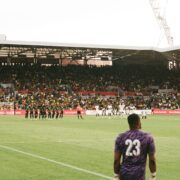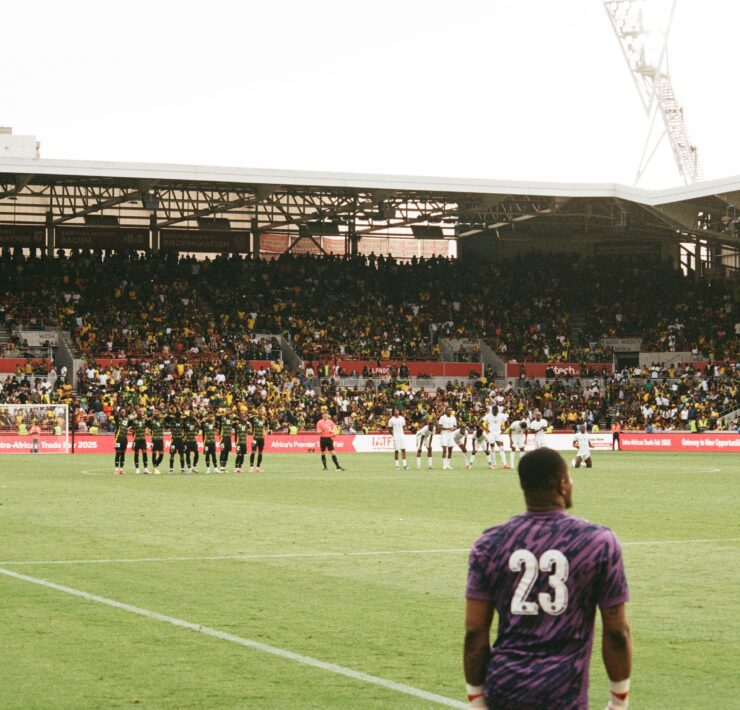Built from the Boot: A Brief History Of Soccer in New Orleans.
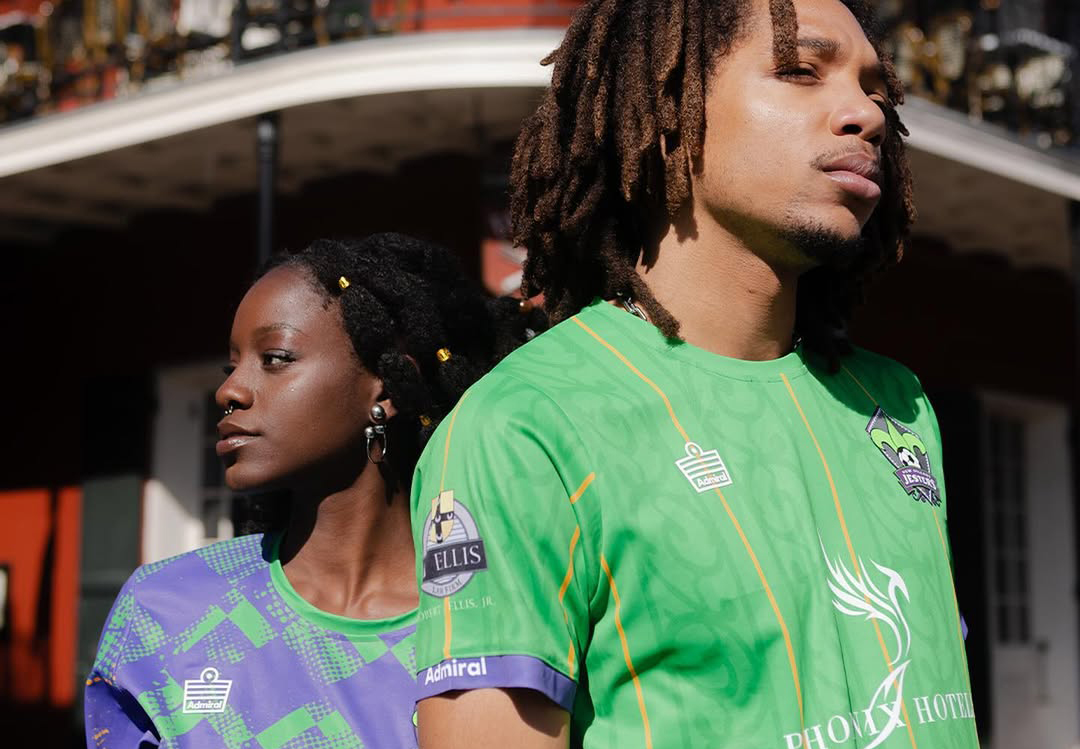
New Orleans has a deep sports history, is home to several professional teams, and has hosted the Super Bowl a joint-record 11 times. But when it comes to soccer, that history has been buried, leaving little room for growth. For a city that is the first documented site of soccer in America, it is disappointing that there is yet to be a professional soccer team in the city of New Orleans. However, there is still hope and faith for NOLA’s soccer community to grow in the future, and so Forty-One makes a case for why pro soccer needs New Orleans.

The city’s soccer history dates back to 1859, where a police report documented four men arrested for playing football on a Sunday, which violated religious rules at the time. The game developed as a community sport within the city, and it gained popularity among many athletic clubs by the late 19th century. Around the early 1900s, a semi-pro league was home to some of world’s top players, many of whom went on to play for first division teams in England and Scotland. However, while soccer had a presence within youth teams and amateur levels, attempts to expand to the pro level faltered. The New Orleans Storm (originally the Riverboat Gamblers) played in what is now the USL from 1993 to 1999, while FC New Orleans spent a single season in the NPSL. As of now, the New Orleans Jesters are the sole soccer team representing New Orleans within the soccer pyramid, playing in 4th-tier league USPL. Last year, the team honored the city’s soccer history with commemorative kits.
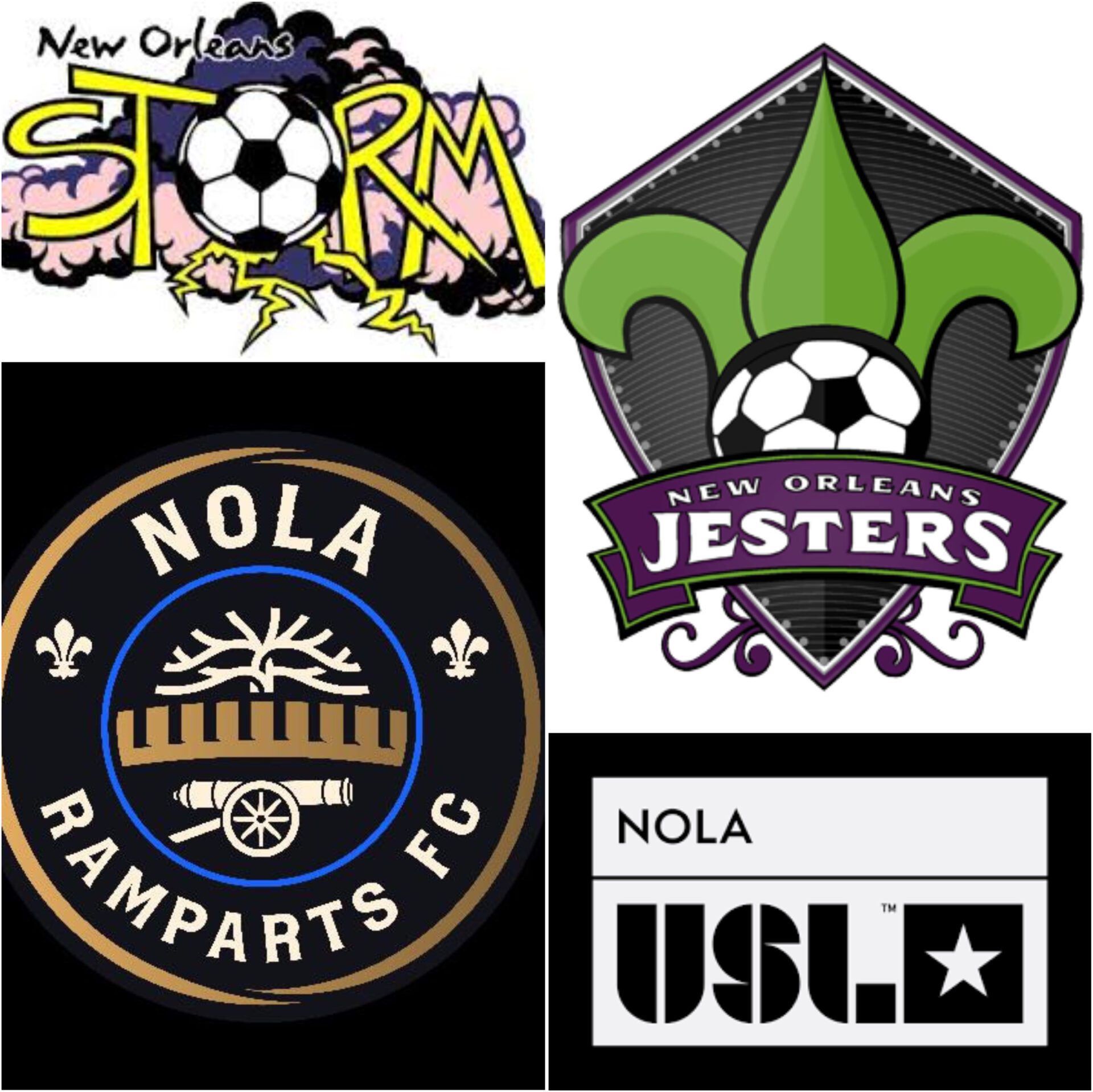
In 2022, the USL announced plans to establish a men’s expansion team in New Orleans by 2025, along with a women’s team in the metro area. However, it appears that momentum for this move has died, with no major updates since 2023. Nevertheless, members of the New Orleans soccer community have taken matters into their own hands, announcing last month of plans to launch a new team, the New Orleans Ramparts, in USL League 2 in 2026 – with the goal of quickly reaching pro status. While there remains much work to done, one thing ownership has stressed what will make their efforts successful is developing a strong fan base that will flock to the games, no matter how small the venues might be.
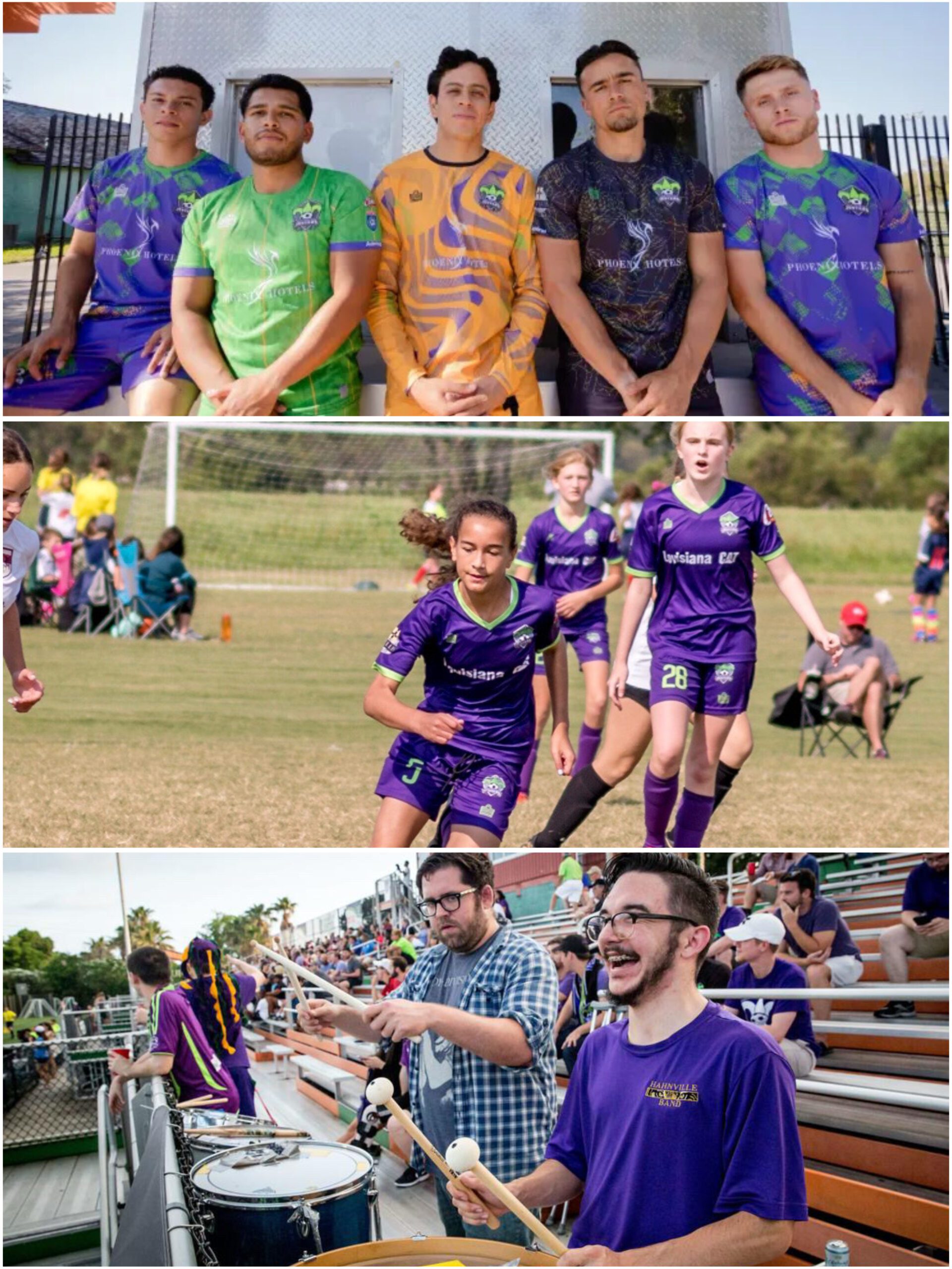
But here’s the thing. Building that fanbase and growing the game in NOLA will have to include the communities that define the city. And as 56% of the city’s population is Black, any team hoping to build a reputation for itself will need to keep those communities in mind from day one. A club located in the heart of the city can interest young Black players to develop their love for the game. It can provide the city’s fans another team to rally and fight behind. It can offer resources, from new soccer fields to summer clinics, to ensure that soccer is truly accessible throughout the city. It could produce the next great American soccer player, or the next great soccer fanbase in America. The possibilities are limitless, and it starts and ends with the culture of New Orleans and the people who created it.
New Orleans’ soccer history is storied. But its future has yet to be fully realized. In order for that to happen, any soccer initiative in New Orleans – grassroots or pro- must prioritize the city’s Black population—not just as fans, but as stakeholders, creators, leaders, and players.
For more information, check out A History of Soccer in Louisiana: 1858-2013, available online.

